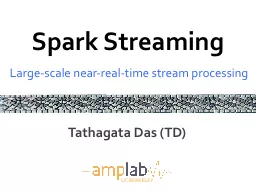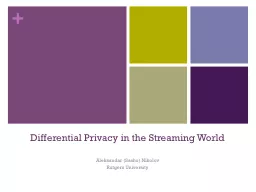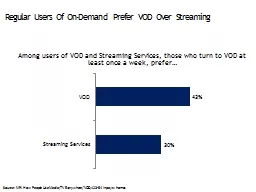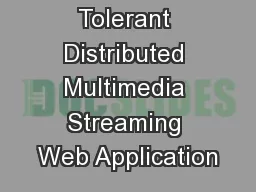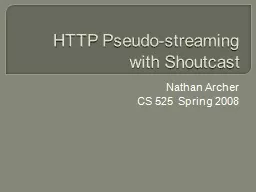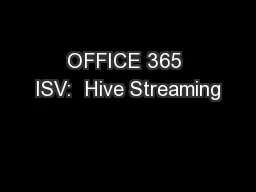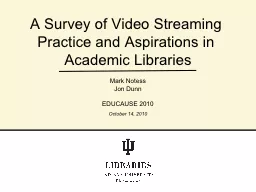PPT-Dynamic Adaptive Streaming over HTTP2.0
Author : alexa-scheidler | Published Date : 2016-07-04
Whats in store All about MPEG DASH pipelining persistent connections and caching Google SPDY Past Present and Future Perfect HTTP20 Test setup Parameters Evaluated
Presentation Embed Code
Download Presentation
Download Presentation The PPT/PDF document "Dynamic Adaptive Streaming over HTTP2.0" is the property of its rightful owner. Permission is granted to download and print the materials on this website for personal, non-commercial use only, and to display it on your personal computer provided you do not modify the materials and that you retain all copyright notices contained in the materials. By downloading content from our website, you accept the terms of this agreement.
Dynamic Adaptive Streaming over HTTP2.0: Transcript
Download Rules Of Document
"Dynamic Adaptive Streaming over HTTP2.0"The content belongs to its owner. You may download and print it for personal use, without modification, and keep all copyright notices. By downloading, you agree to these terms.
Related Documents


